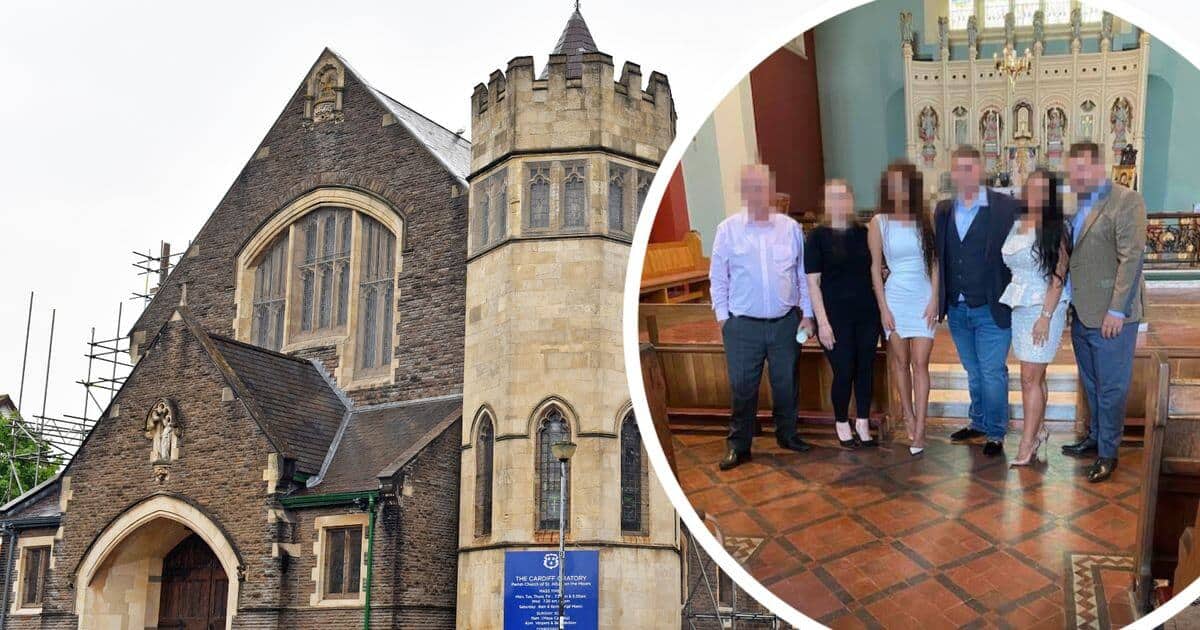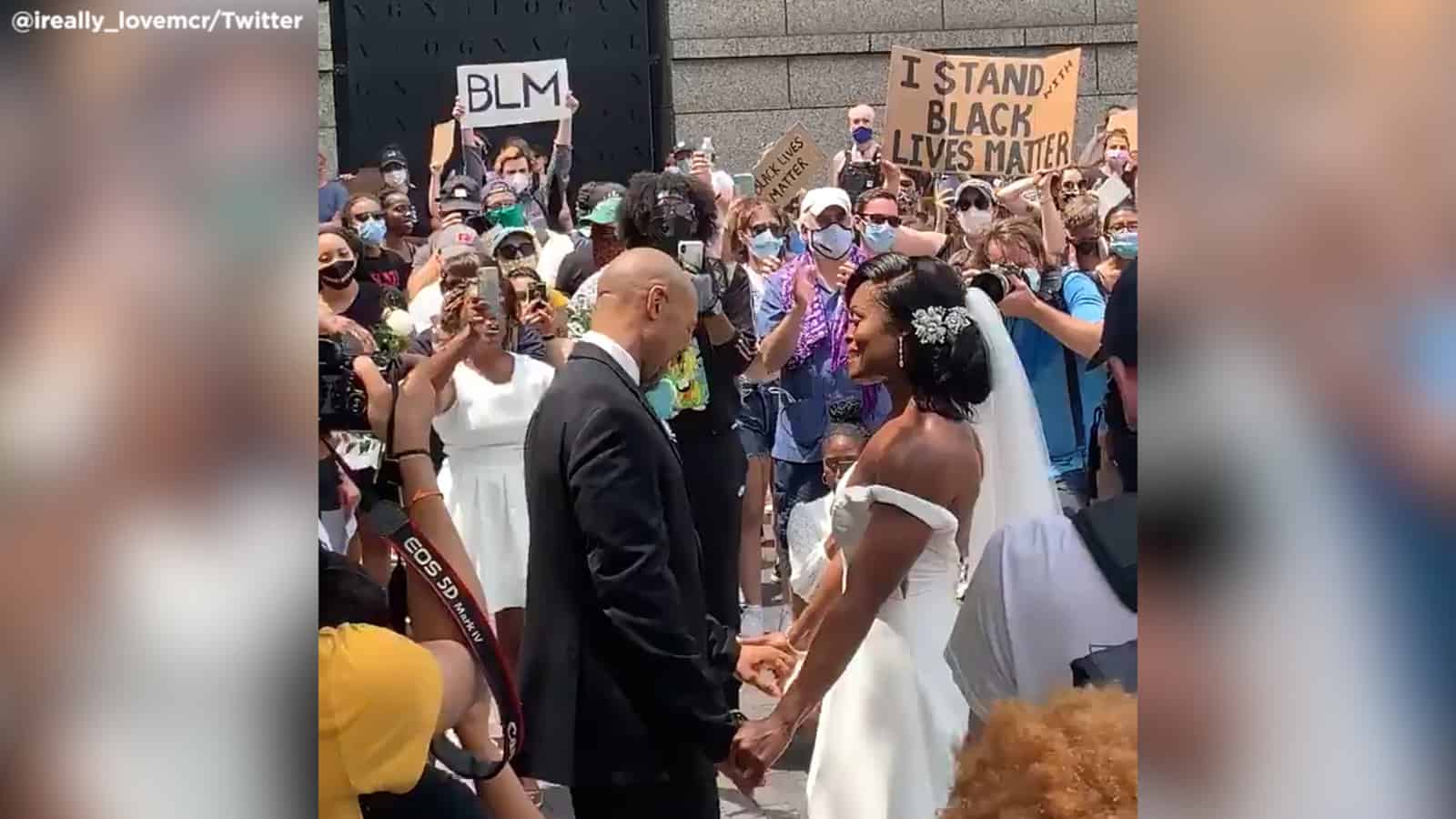Toward the end of the five years Marcy spent livingly dying, she began giving away bags of her things. There were several grocery sacks of these flannel garments. Did I want one? she asked one day. Of course, I told her. In fact, I’d take a bag or two and share them with the friends she called her Sisterhood. We would wear them at a memorial slumber party somewhere down the line.
Her response to that notion was the refrain she used often in her final weeks: “Happy. Grumpy.”
The sacks of nightgowns sat in my basement, joined by the sheets and colorful cloth we’d used to drape Marcy’s body as she lay in her home for visitation after her death. For weeks, I couldn’t bring myself to launder them. Eventually I put myself to the task. Each nightgown I pulled from the bag seemed to carry an electric charge. I wept as I moved the load from washer to dryer. I knew I needed to do something more with them.
I had carried Marcy’s story with me once before as I walked in Tucson’s vast All Souls Procession (I wrote about it here). This year, I decided to walk in one of Marcy’s nightgowns. Amber agreed to join me. Picking two and packing them for our flight, my nervous system reminded me how much I still hold from five long years of Marcy’s illness, treatment, dying, not-dying, and death. My first night in Tucson brought a vivid dream soaked in ancient images of the deaths our lives depend on.
The day before the Procession we stopped by Armory Park to visit the many personal memorial shrines set up in conjunction with the children’s Procession of Little Angels. Scores of families had set out picnic blankets as their children got their faces painted, decorated cardboard strap-on angel wings, and wrote messages to deceased loved ones. Amber and I wrote prayers and placed them in the large urn that would go up in flames during the next night’s grand finale. I spent some time chalking a heart on the pavement for Marcy. I submitted some words to be projected in the collective digital shrine.
The next day we drove to Sanctuary Cove, a small ecumenical retreat center founded in 1957 by WWI vet Elmer Staggs to “provide a natural place of peace and unspoiled beauty that allows visitors the chance to ‘draw apart’ from the intensity of today’s hectic lifestyle and to reconnect to deeper meaning”. We walked the trails into the Tucson Mountains, and then I walked the labyrinth. As I came to its center and touched the small cairn of special stones others had assembled, I felt some of the heaviness slip from my shoulders; the cape of grief no longer knotted so snug at my throat.
We drove home to paint our faces and don Marcy’s nightgowns. We pinned cards from her memorial service to the front of our frocks and headed off into the night to join an estimated 150,000 mourners in the streets. Mothers, grandmothers, grandfathers, dads, brothers, sisters, children; deaths from AIDS, diabetes, cancer; migrant deaths in the desert; LGBT deaths from hate crimes and suicide; deaths of endangered species – these and more were remembered through costumes, floats, banners, signs, hand-carried altars, chants, music, and the final catharsis of the Procession Urn going up in flames.
We returned to our casita for a final burning ritual of our own. We stripped off the nightgowns, scrubbed off our makeup, and then lit the memorial cards we’d carried in our casita’s chiminea. In a final bow to Marcy, we ate a couple of pieces of pizza, her favorite comfort food.
Read More:
Looking Death In the Eye (8.30.15)
Marcy Rocks On (6.29.15)
A Secret Chord (6.14.15)
In Memory of Marcy Westerling (6.10.15 obituary)
Our Stories Matter (3.7.15)
I Am With You (2.5.15)
Marcy Speaks Her Truth (10.28.14)
My Friend Marcy Has Cancer. I Don’t. Yet. (12.14.13)
This content was originally published here.

